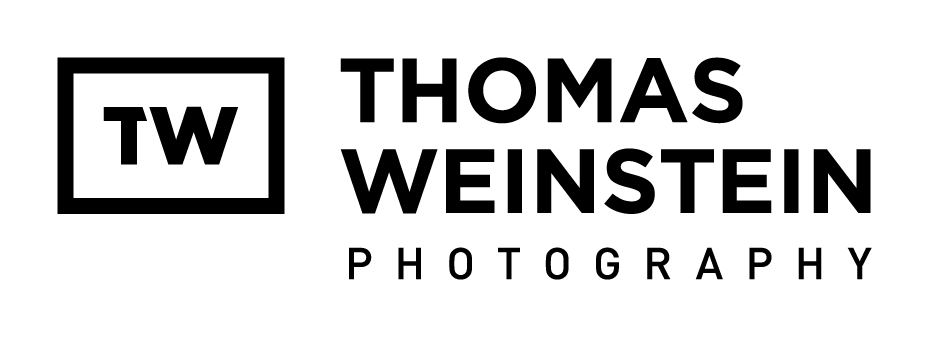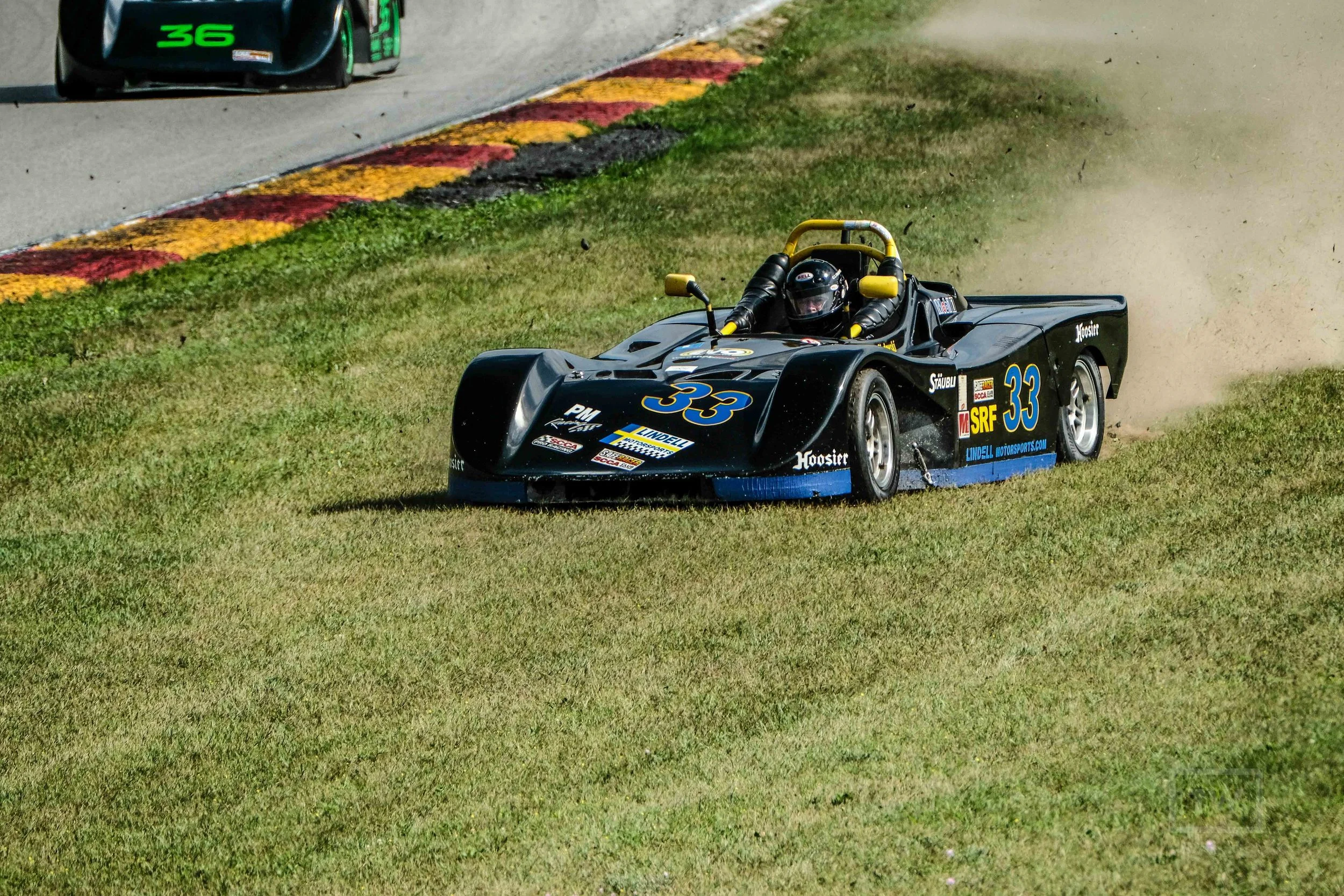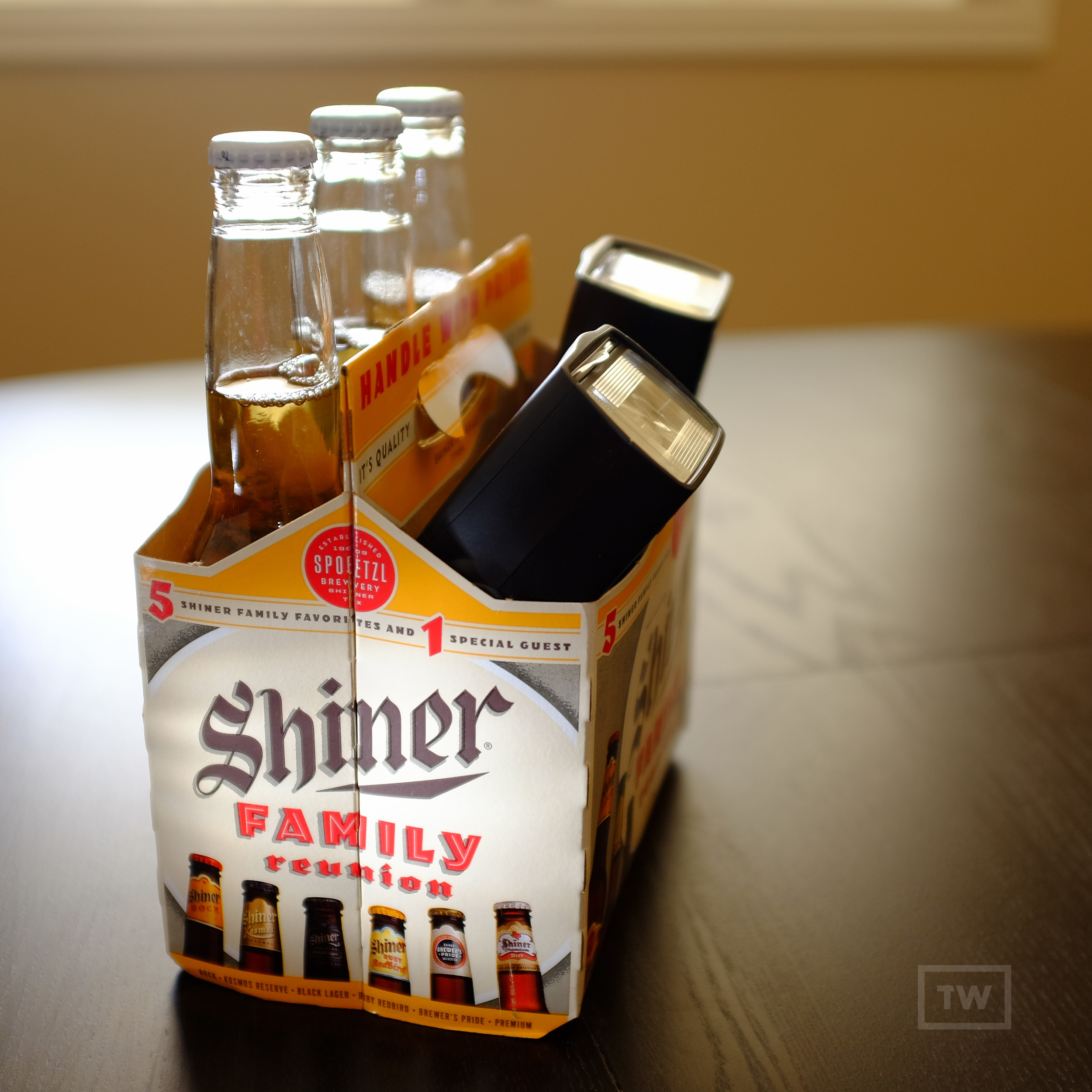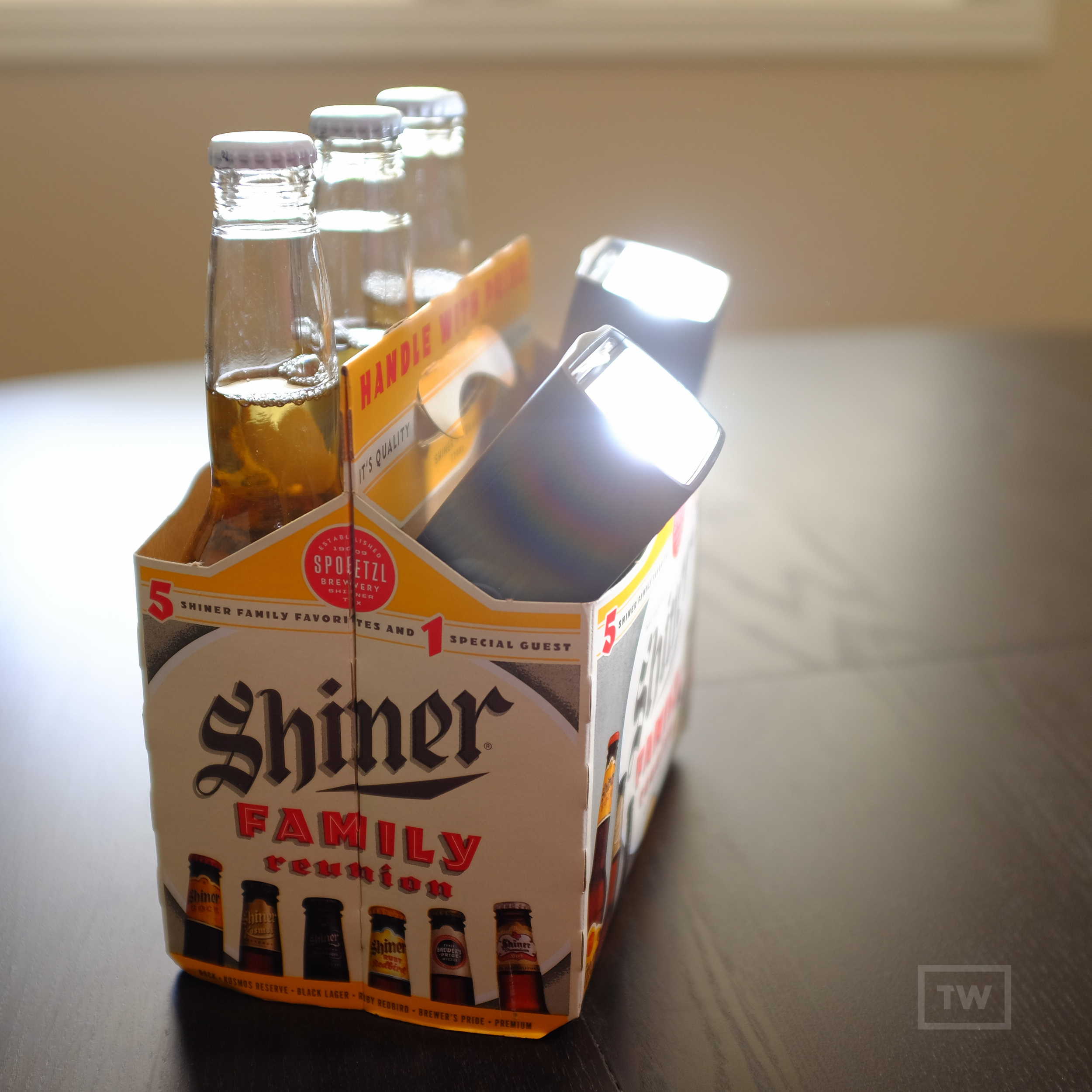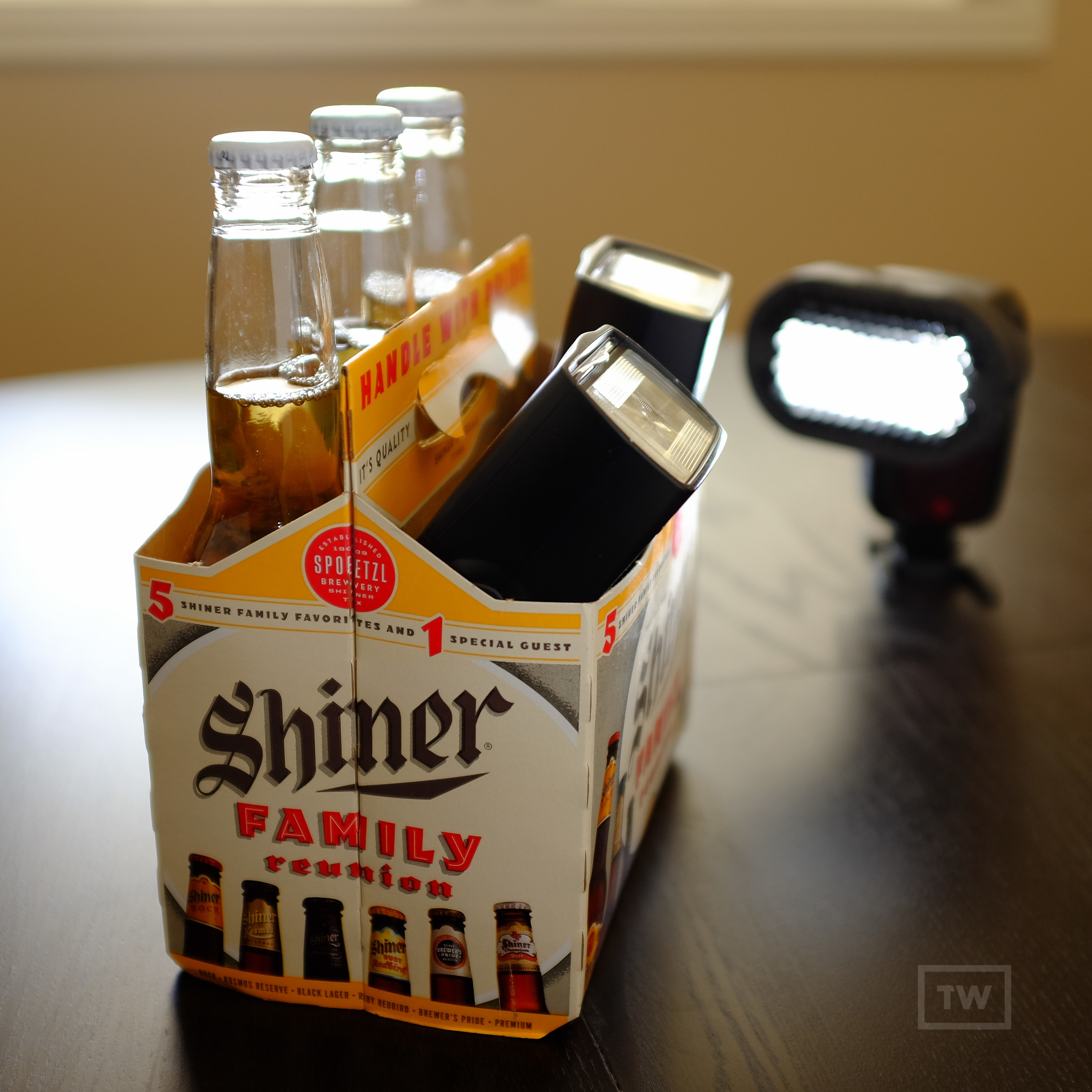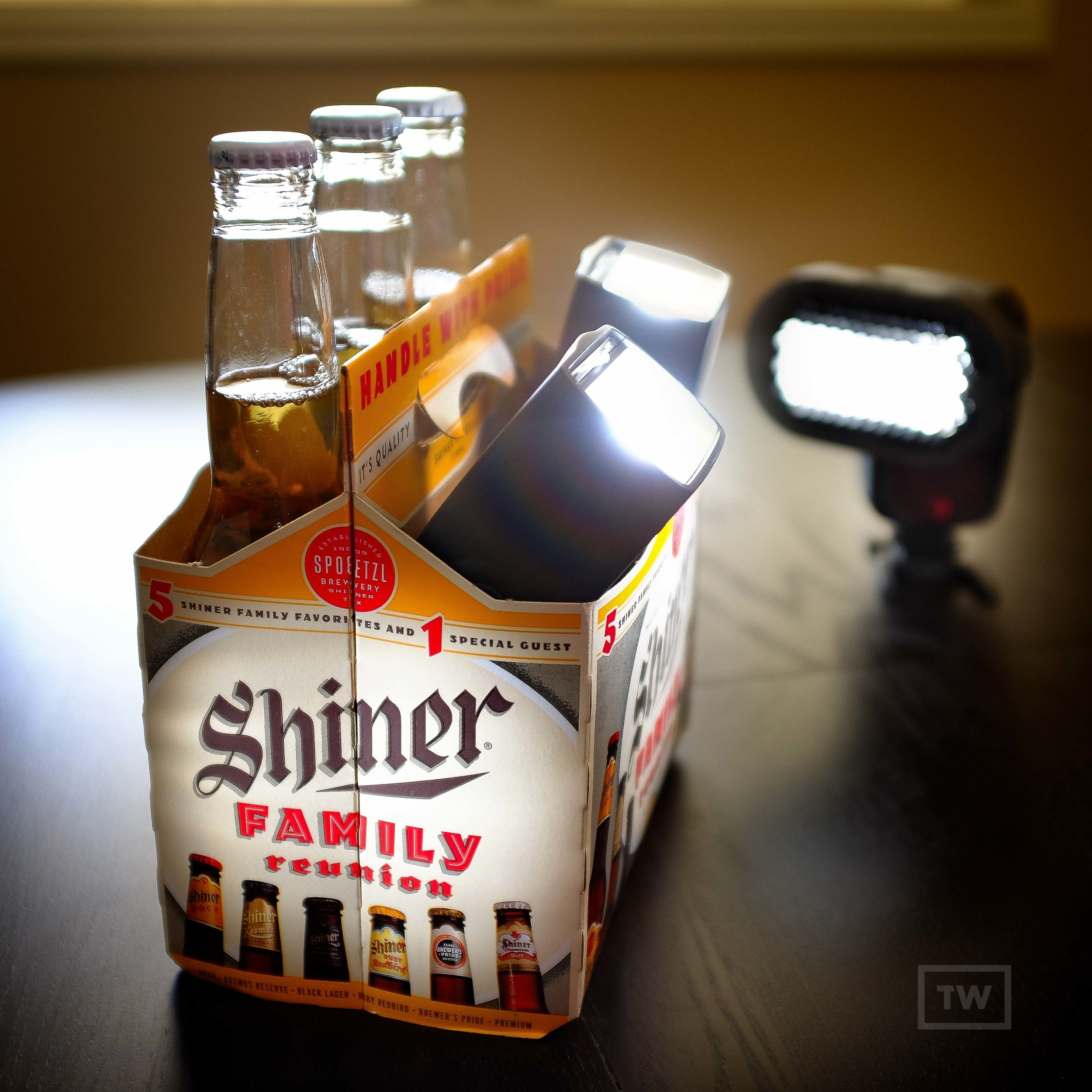Late last month I had an assignment of capturing some racing at Road America in Elkhart Lake, WI during and SCCA weekend event. I thought it would be a great chance to see what I could come up with using the XPro2 and the 100-400mm in conjunction with the 1.4X teleconverter from Fujifilm.
My map to help me plan out where I'd want to be, and tools of the trade.
I knew this wasn't the best sports setup out there, but it was going to be a great test of some of the pros and cons of this setup anyways. I mainly used this setup hand held as the 100-400 has a great image stabilizer built in and I made the choice not to bring a mono-pod. I'd be shooting outside and faster shutter speeds would help as well. Road America is a 4+ mile track, and it was interesting to think as a sports shooter. I'd have to plan ahead, learn the course and my way around it. Start out in one corner and then hop in the car and drive around the roads to the next good location. The cars would come by and then it would be almost 2 minutes before they were back again. With a half hour race window, it really limited what you could cover during the race as a solo shooter. Road America is a wonderful road course though, with elevation changes and lots of different views. It was a steamy weekend with high humidity and temps around the 90's.
15 year old Spencer Brockman rounding Canada Corner
Remember that the Fuji is mirrorless, and this model is more of a rangefinder style and not the more common DSLR style. A common problem with this model (XPro2) is that the black out time between pictures can really throw your timing off when following moving objects. This will greatly improve with the advent of the XT2 that will be shipping to the public soon, but there is a work around when using the XPro2. It has an optical viewfinder available as well as the electronic one. When panning (following the car from side to side with a slower shutter speed) you can actually just use the optical finder to follow the car and keep it in the sights quite well. It's not perfect because you won't be able to see everything with a long lens (it gets in the way of the viewfinder) and if you are far away it can be more difficult, but I had some good success with this.
I have to confess that I goofed big time before leaving for my trip. I managed to bring only two batteries with me to WI, when I had a whole stack of them back at home that I meant to bring. Surprisingly I managed to make the two batteries make it through the day and recharged them at night. The Xpro2 is known to use batteries quickly, but keeping the camera in high performance and turning it on and off between shots (a tip from Fuji X shooter Kevin Mullins) helped me make it through.
If you're new to Fuji cameras you need to realize that the size is considerably smaller than the traditional sports shooters kit. The 100-400 is a compact zoom that is a well built and quite sharp. I like the improvement of the lens hood that actually works. The 50-140 f2.8 lens hood never wants to go on smoothly, and I think I've about broke it never finding the right place to align it when in use. I have no complaints with this lens, and used it with the 1.4X teleconverter to give me a 840mm-ish lens when I wanted it. I did use the 50-140 as well as the 35 f1.4 and 10-24mm on my weekend also, but those were used more at other locations and not track-side as much.
screen shot from camersize.com...xpro2 Fuji flagship VS nikon D5 flagship
You can check out camerasize.com to see how different cameras and cameras with lenses stack up next to each other. Here's a link, but try not to waste your day away...click here, and of course i know some people would say this isn't an apples to apples comparison, but my opinion is that if I had my Nikon gear and a 600mm lens at the track I wouldn't have moved around as much or covered as much of the race as I did. I even ran (yes, camera gear and all) from one spot to another because it was a footpath and couldn't drive there. If I didn't move quickly I would have missed this sequence below.
Some tips on shooting motor sports:
1. Faster speeds aren't always better. Your shutter speed can be too fast. Some shots will look like the car was either rolling slowly or almost even stopped if you use too fast a shutter speed. It doesn't apply to all situations, but to be able to "see" speed in a still photograph you'll need to have a reference point, like the blur you get ina panned shot. The shot below is almost too fast a shutter speed, no wheels rolling or background "movement", this could be under a caution or full speed and you wouldn't tell the difference.
Shutter speed too fast?
2. Panning technique. Practice helps to pull this one off. Find a moving object that will be traveling mostly across you and not not straight towards or away. Try some different shutter speeds that are slower, probably under 1/500 sec. depending on how fast or how close you are to the subject. If you get your timing right and keep the subject in the same part of the frame you can get a clean, sharp shot of the object but the movement of camera in relation to the background that is standing still will cause the blur. See example below.
Panning with a moving object while using a slower shutter speed helps show the speed of the car.
3. Think about the light. As a photographer you always need to think about the light, and where it's coming from. It will help you decide and plan which corner to be at. Is it a morning race? Afternoon? Keep shots looking their best by keeping from back-lighting them with that sun. Best part is that cars don't squint, so they'll keep looking their best. Something else I didn't bring with me was a circular polarizer. I feel like that could have helped with light glare from the track and cars, darkened the sky and the little loss of light would have been worth it.
Trees overhanging the "Kettle Bottoms" of Road America
I hope you enjoyed this write-up. The Fuji XPro2 wasn't the only camera I used for this trip, I also used the X100t which is a fun little camera with an awesome leaf shutter which I made use of on some portraits that I lit an Elinchrom Quadra, an old school version of their ELB400. The XPro2 performed well, but the more of this work I do, I will be looking to pick up the XT2 for a more advanced auto focus tracking ability and the awesome grip and boost ability for more frames per second. I also shot mostly in JPEG, another benefit of a Fuji, great looking images right out of the camera. That's just a personal choice for this outing. No matter what you like when it comes to your camera, just get out there and keep shooting.
TW
